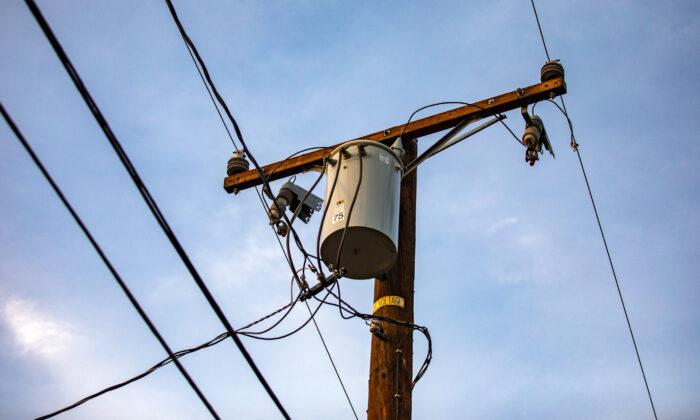Orange County’s first community choice energy program—the Orange County Power Authority—said their recently reported $3 million operating loss is within the normal range for similar energy programs.
The Orange County Power Authority was officially launched in late 2020 in an effort to provide greener power to residents and businesses throughout the county. The agency, as a new purchaser and seller of electricity, is directly taking customers from Southern California Edison though the agency is still transporting the electricity through Edison’s power lines.
Four Orange County cities have opted to join the power authority so far—Irvine, Huntington Beach, Fullerton, and Buena Park—with Irvine taxpayers fronting the millions of dollars in startup costs.
The power authority’s end-of-quarter financial report released on May 3 showed an operating loss of $3,020,301 from July 1, 2021, through March 31, 2022, which occurred before the official launch of its electrical services in April for commercial customers.
“Every Community Choice Aggregator (CCA) has reported net losses for periods prior to the start of their operations,” a spokesperson for the Orange County Power Authority told The Epoch Times in an email. “It generally takes some period of time after the start of operations to report gains.”
According to documents obtained from the Orange County Power Authority, Monterey Bay Community Power had a $305,000 net loss from October 2017 to March 2018, Silicon Valley Clean Energy had a $2,641,900 net loss from October 2016 to April 2017, and San Diego Community Power had a $10,129,580 loss from July 2020 to March 2021.
So far, items of pre-launch operation have included payments that go toward California’s Resource Adequacy program, a policy framework adopted by the state Public Utilities Commission to help ensure the reliability of electric service in the state.
The resource adequacy program pays electricity generators, or power plants, to ensure that they always have adequate capacity in case of a period of peak usage or an emergency shortage. In essence, the power plants are paid to not operate to the fullest extent so that the remaining capacity will be able to serve situations like peak usage in a hot summer, evening peak hours, and broken power grids.
Other major costs came from areas including staffing, administration, professional technical consultancy, power procurement transactional support, legal support, regulatory-related services, and communications and outreach—which includes required notification mailing, according to the agency.
A monthly revenue projection is not yet available from the agency, which is launching electrical services for residential customers in October.





